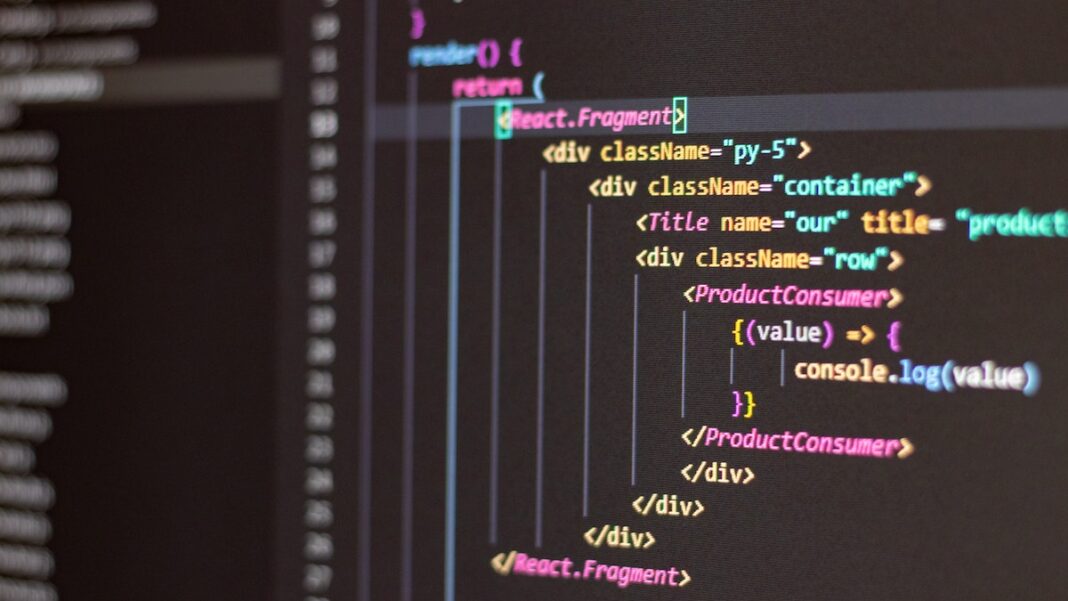Interactive websites are very popular these days.
In the past, so-called Multi-Page Applications were often used, which consisted of different web pages or HTML documents. They have since been replaced by Single Page Applications which consist of a single web page.
What is a Single Page Application?
A Single Page Application is a modern way of creating dynamic websites. Nowadays, creating static websites is no longer an issue thanks to static site generators. However, several HTML documents are still required for such a site to exist.
In the case of a Single Page Application, the content of the Web application is loaded only once, because it consists of (as the name suggests) only one Web page.
This means that there is only one HTML document that is constantly modified by the embedded JavaScript code during user interactions in order to adapt the design of the website. Thus, the website does not need to be constantly reloaded, since it works directly in the browser.
The entire World Wide Web is based on interactions between servers and clients. Web browsers, such as Google Chrome or Safari, act as users (clients) and send http requests to the relevant web server. All data that is important to the Web application is saved on the Web application. The servers respond to customer demand and make the requested data available.
How does a Single Page Application work?
For single-page applications, the server only makes available the initial Web site, which consists of an HTML document. In this document is located, in addition to the basic structure of the website and the design defined by CSS, an element called DOM.
When interacting with the user, data in JSON or XML format is loaded in the background. These are then automatically inserted into the DOM of the loaded Web page. Thus, all the presentation logic of the web application is executed directly on the client side, namely in the browser. The server only provides data, but not entire web pages.
An example of a popular Single Page app is the social network Twitter. When the user calls up the site in the browser through the URL, the browser as a client sends a request to the server. The website is loaded and made available to the user. If it now interacts with Twitter, for example to look at a profile, only the corresponding JavaScript code is executed and the detour through the server is removed.
Thus, the content of the website is only reloaded gradually. This is why the server load is rather low for Single Page Applications.
Areas of use for Single Page Applications
A single-page Web application is best suited when it comes to reducing server load. This can be useful not only for large websites like Facebook or Twitter, but also for small online stores. Short turnaround times are especially important when users need to interact with the website frequently.
That’s why it’s good to program web-based computer games as Single Page Application, for example. Web applications available as apps on tablets and smartphones should, at best, be designed as Single Page Applications. This makes it possible to use the same back-end for the mobile app and website, reducing programming efforts and costs.
Advantages and disadvantages of Single Page Applications
Perhaps the most obvious advantage of a Single Page Application is the reduced loading time. Because only data, rather than all web pages, must be requested from the server, dynamic single-page applications load much faster. The fact that Single Page Applications require fewer resources than Multi-Page Applications is closely related to this.
Troubleshooting is another advantage: developers can focus on JavaScript code when debugging and no longer have to worry about server-side code. In addition, most JavaScript frameworks have troubleshooting tools.
Finally, as we have already mentioned, the transition to mobile applications is also simplified.
Disadvantages: With respect to SEO, web applications that rely only on a single web page won’t perform well because it is much more difficult for search engines to crawl JavaScript code. Plus, creating single-page apps is only worthwhile if dynamic content needs to be presented. This is because Single Page Applications are much more expensive to create than static websites.
Comparison of frameworks for Single Page Applications
There are a good number of libraries and frameworks that can be used to create a Single Page Application. They are sort of the counterpart of the various static page generators in static website development.
JavaScript frameworks make it easier for developers to program Single Page Applications by providing pre-programmed content. Debugging is also facilitated by the use of frameworks. The most popular frameworks used for web development with JavaScript are React, Angular, and Vue.
React
React is a JavaScript web framework originally created by Facebook.
Since 2013, the framework has been available as open source. React offers a JavaScript library for creating interactive user interfaces as well as reusable software components. As React is not a complete front-end framework, however, it is not possible to create complete and functional Single Page Applications with this tool alone.
Angular
Angular is a JavaScript framework from Google.
Launched in 2016, this open-source framework focuses not only on the development of Single Page Applications, but also on cross-platform development. This is one of the reasons why the framework is platform independent.
In addition to JavaScript, Angular also supports the TypeScript programming language developed by Microsoft, which makes it possible to implement advanced programming concepts.
Due to its scale and complexity, the framework is especially suitable for large enterprises.
Vue
Vue has set itself the goal of combining the advantages of both the Angular and React frameworks. The second version of this open-source client-side framework, released in 2016, is considered very easy to use, especially because of its compatibility with other frameworks for Single Page Applications.
In addition, the framework has a very small size with less than 100 KB of memory space needed. Vue can also be combined with different libraries, providing great flexibility for developers.
Deploying Single Page Applications with GitHub
Using version control systems such as GitHub offers a series of advantages. In particular, while working within a development team as well as managing different versions of code.
The code of a Single Page Application can be easily made available in a GitHub repository. After you’ve uploaded your code to GitHub, it’s easy to perform realistic live testing with a server during the development process.






